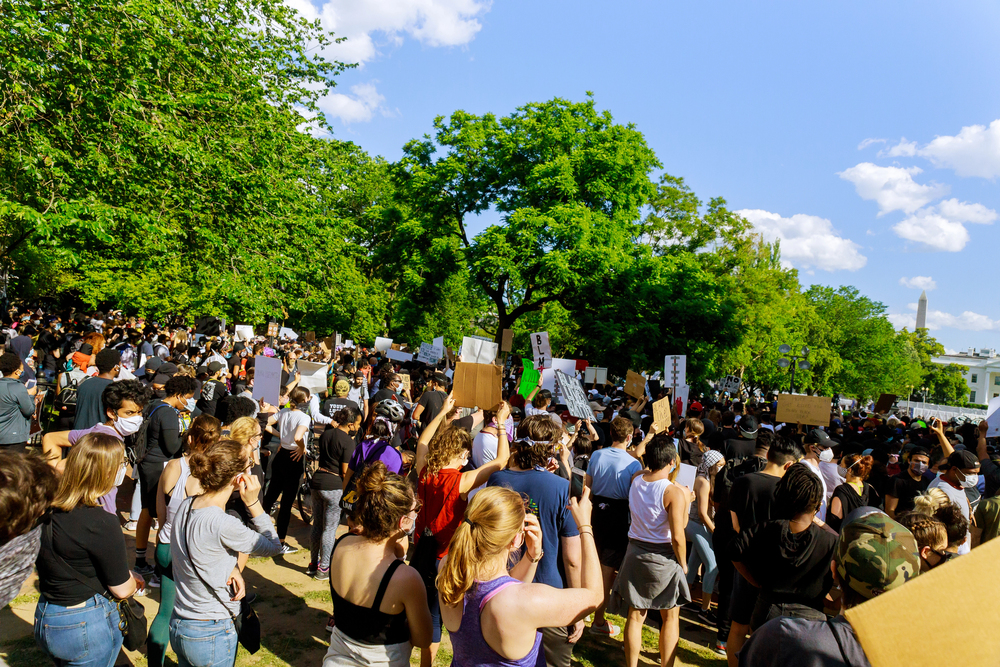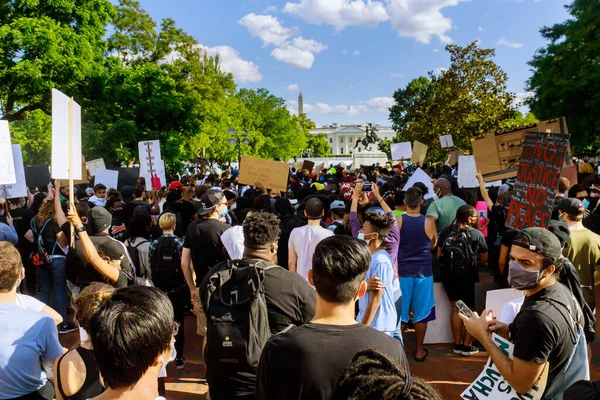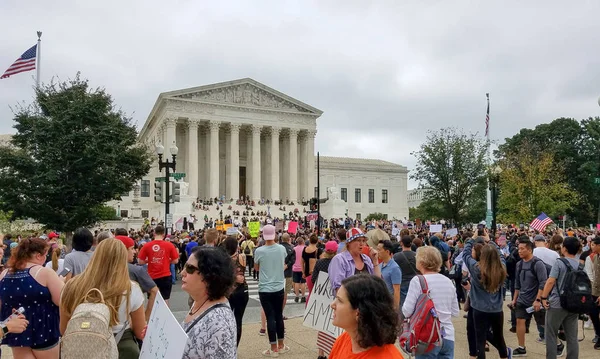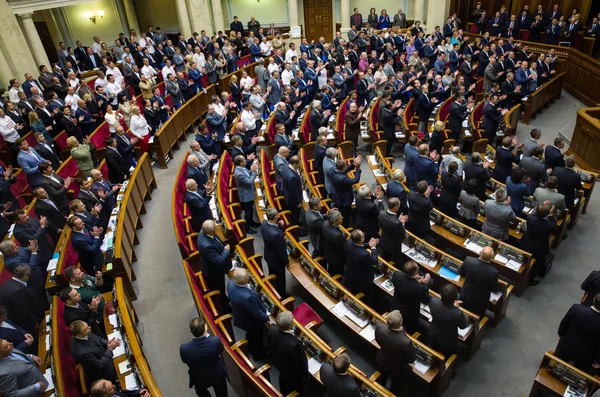
America’s free speech consensus is starting to break. Surveys of public opinion find that although 89 percent of the population of students in American colleges and universities say they value free speech above everything, most of them favor prohibiting some kinds of expression, including “hate speech,” even though they are protected by the constitution. This is a generation change one based on lived experience and changing cultural norms that has raised a fundamental question: can democracy flourish if its newest members become skeptics of its most basic liberty?

1. The Moving Lines of Expression
At universities across the country, the classic First Amendment model defending even the most egregious concepts is locked in battle with a more recent ideal that values safeguarding people from hurt. Students such as University of Wisconsin’s Kaleb Autman contend that if speech “is predicated on the subjugation of me or my people then we have problems.” This way of thinking has led to calls for zero-tolerance hate speech codes, the proliferation of safe spaces, and the deployment of trigger warnings.

2. History’s Lessons
The conflict is not new. Although the majority of universities in the 1930s banned communist speakers, the University of Chicago allowed American Communist Party leader William Foster to speak, despite intense opposition. That choice, defended by President Robert Maynard Hutchins, was an affirmation that free speech yes, even from unpopular voices is a contribution to democracy. The same principle that informed the Chicago Principles in 2014, that “free, robust, and uninhibited debate” is at the heart of the academic enterprise.

3. When Safety and Speech Clash
The arguments today all reduce to where the line is drawn between being unsafe and feeling unsafe. UC Berkeley law school dean Erwin Chemerinsky cautions that “it’s not our role to make them safe from ideas that they don’t want exposed to.” But federal civil rights laws mandate schools to act on harassment based on race, religion, or national origin and leave administrators on a tightrope to walk.

4. Political Pressures and Donor Influence
Campus executives nationwide are facing increasing pressure from all directions. Donor and legislator have urged campuses to monitor speech that is considered antisemitic, as campuses are being criticized for stifling dissent on other fronts. University of Chicago’s Geoffrey Stone warns that it is threatening to erode the very purpose of higher education to permit donors to control speech policy.

5. The Generational Trust Gap
A 2022 Knight Foundation survey reported that students today hold inclusivity and free speech in roughly equal esteem, with Black students particularly doubtful that the First Amendment will protect them. This gulf of distrust works on a more fundamental historical level one questioning whether a document that historically sanctioned slavery can truly protect the voices of the marginalized unless it’s altered.

6. The Price of Chilling and the Danger of Excess
Overrestriction and overprotection are both dangerous. The shift from classical free speech has created a climate where even liberal faculty members dread verbal mistakes, without meeting the demands of a multicultural student body. The challenge is to “rearrange” campus culture without succumbing to “hard-nosed constitutionalism” that ignores sensitivity to realities of the day.

7. Strategies for a Healthier Dialogue
Practical steps toward bridging gaps are suggested by experts:
- Implement content-neutral protest and demonstration policies that treat all viewpoints with equal respect.
- Educate students why arguing for offensive speech really defends their own voices.
- Create spaces for private, identity-affirming dialogue without restricting public expression.
- Enforce institutional neutrality around politics, the Kalven Report advises, to prevent chilling debate.

8. Recalling the Larger Purpose
Isaiah Berlin’s division of “negative” liberty (freedom from interference) and “positive” liberty (freedom to act in order to achieve greater goals) is going strong on college campuses today. Both camps see free speech as being for the greater good either hard to accomplish to foster resilience, or to foster inclusivity at the cost of restraining hate speech. The gamble is in chasing these “ultimate goals” without restraint, the democratic virtue of constraint that keeps enemies from being eliminated.

The level is high. If a generation is instructed to see free speech as obstacle instead of shelter, the democratic texture will unravel. Keeping open conversation ahead of obscuring real harms requires patience, consistent principle, and listening even when it’s difficult.


